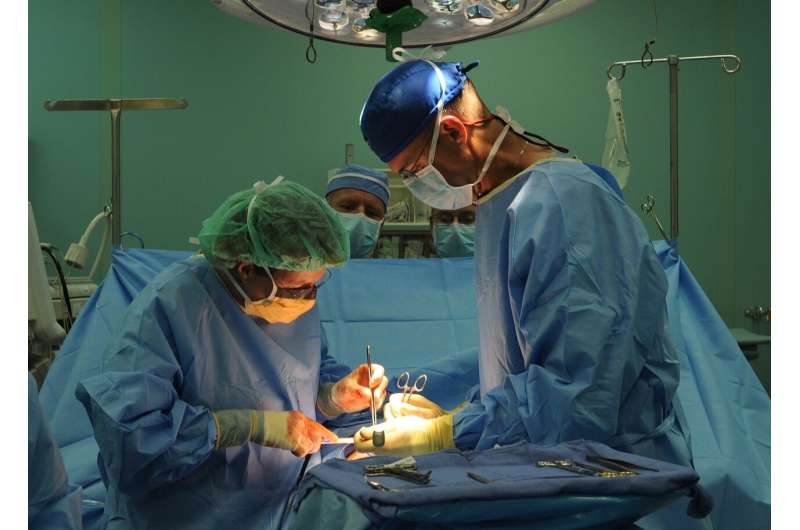
Hospital Gregorio Marañón and Universidad Carlos III de Madrid (UC3M) have presented a navigation system that will improve planning, precision, and personalisation in surgical correction of craniosynostosis (a congenital defect causing cranial malformations). Developed by doctors and engineers from both institutions, it combines surgical navigation, three-dimensional photography, and augmented reality so that surgeons can estimate and correct the position of bone fragments during surgery.
Hospital Gregorio Marañón, part of the Community of Madrid’s public network, is the first center in the world to use personalized virtual planning and a triple intraoperative guidance system for the surgical correction of craniofacial deformities in young children (less than one year old) who have craniosynostosis. This system will be used in the center with the aim of achieving a greater accuracy and repeatability of these surgeries, ensuring optimal results for patients.
This new surgical navigation system has been developed by engineers from the Department of Bioengineering and Aerospace Engineering at UC3M, in collaboration with the Departments of Oral and Maxillofacial Surgery and Neurosurgery, thanks to funding from Instituto de Salud Carlos III under grant PI18/01625.The development and validation of the navigation system have been published in Scientific Reports journal and other publications, as it is the first research to apply personalized planning and surgical navigation to the treatment of craniosynostosis.
Craniosynostosis is a congenital defect affecting 1 in every 2000 live births worldwide. It is a condition in which one or more of the skull’s sutures fuse prematurely, resulting in cranial deformities and asymmetry of the baby’s face. These deformities can cause an increase in intracranial pressure which prevents the brain from growing and developing correctly. In these cases, surgical intervention is necessary to normalize the morphology of the patients’ cranial and orbital regions, avoiding functional and esthetic problems during later growth.
Surgery to treat craniosynostosis involves cutting the affected bone tissue, reshaping it in the most appropriate way, and replacing it on the patient’s cranium in the correct position to achieve the desired cranial morphology. Accuracy when reshaping and positioning the bone is essential, as slight variations can have an adverse effect on the patient’s long-term functional and esthetic results.
Until now, this procedure has been based on subjective assessment and previous experience of the surgeons. After years of working on this project, researchers at the Hospital Gregorio Marañón and UC3M have developed a workflow based on virtual pre-operative planning, tailored to each patient, and surgical navigation technology.
The triple guidance and navigation system allows surgeons to estimate the exact position of bone fragments, with millimetric accuracy, during the surgical intervention. A high-resolution screen, positioned close to the surgical field, allows medical staff to visualize a three-dimensional representation of the actual position of the bone fragments with respect to the target preoperative plan. This enables surgeons to confirm that they are meeting the objectives defined while planning the surgery and allows them to make unlimited corrections to ensure an optimal outcome.
In addition to this, this system integrates augmented reality visualization, allowing virtual planning images to be superimposed directly onto the surgical area. This visualization technique substitutes the use of external screens in the operating rooms, allowing surgeons to visualize all the information on the surgical field. This ensures that the surgical team will achieve good esthetic and functional results for the patients. This augmented reality solution is based on previous work in collaboration between UC3M and the Department of Orthopedic Surgery and Traumatology at Hospital Gregorio Marañón.
This system has already been used on a total of 7 patients, obtaining optimal surgical results in all of them. According to researchers working on this project, integrating this system into clinical practice will ensure greater accuracy and repeatability in these open cranial modeling surgeries. In addition, the dependency on surgeons’ experience and subjective assessment during the procedure will also be reduced.
Source: Read Full Article
